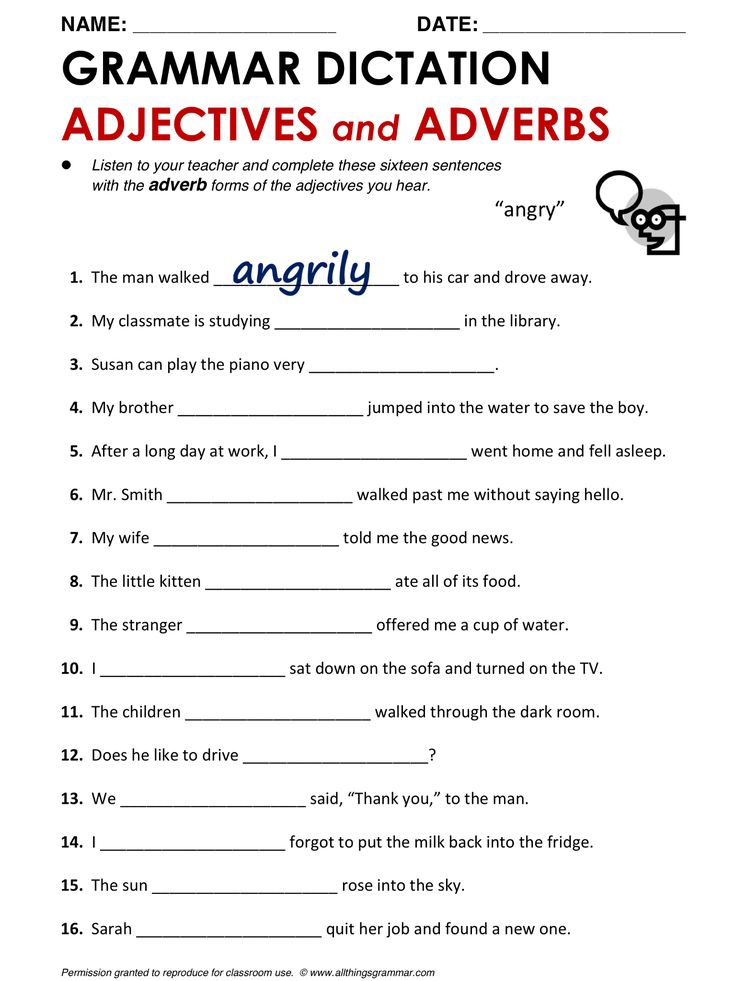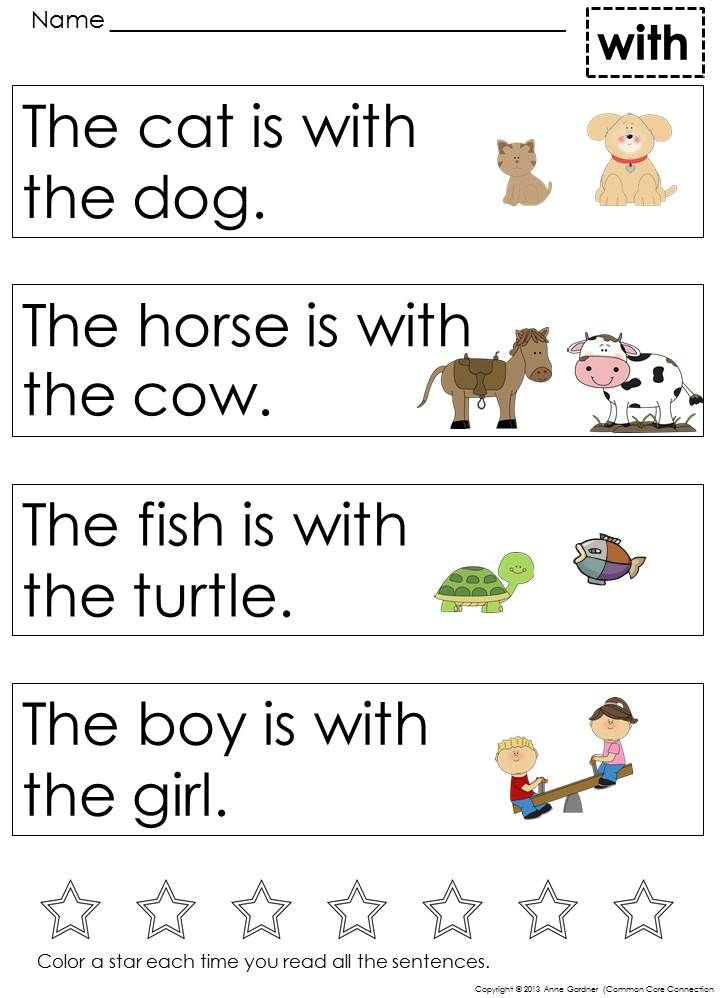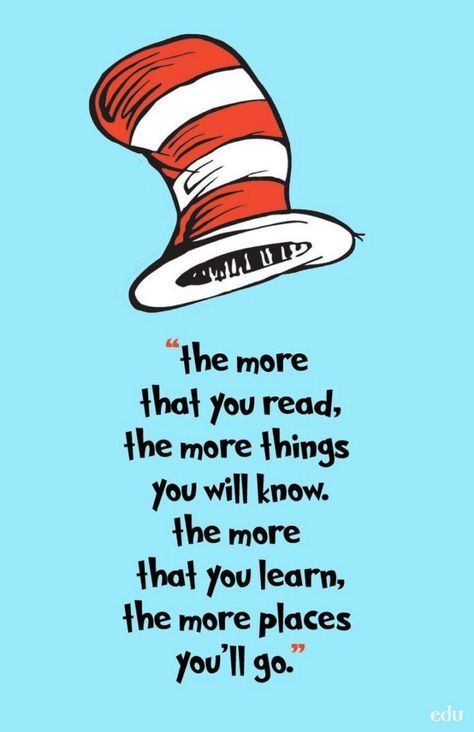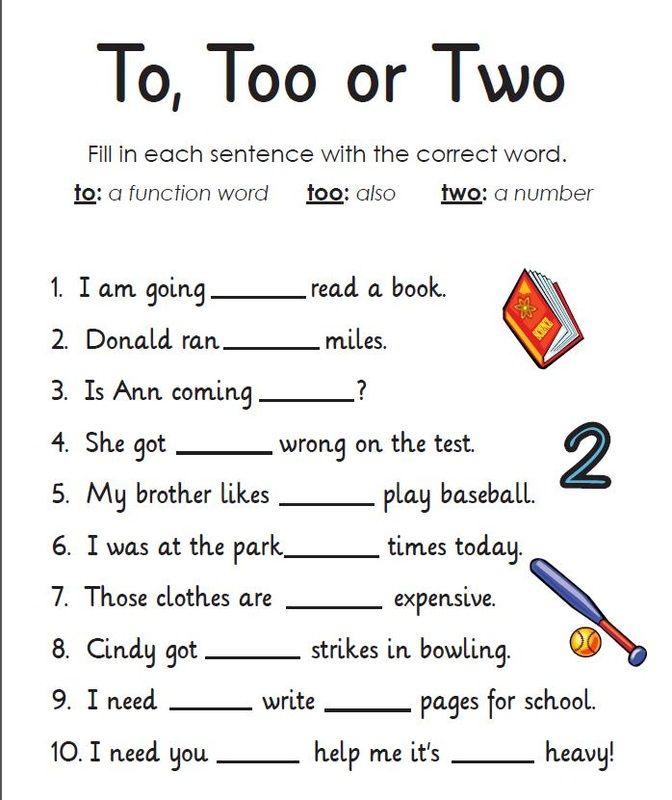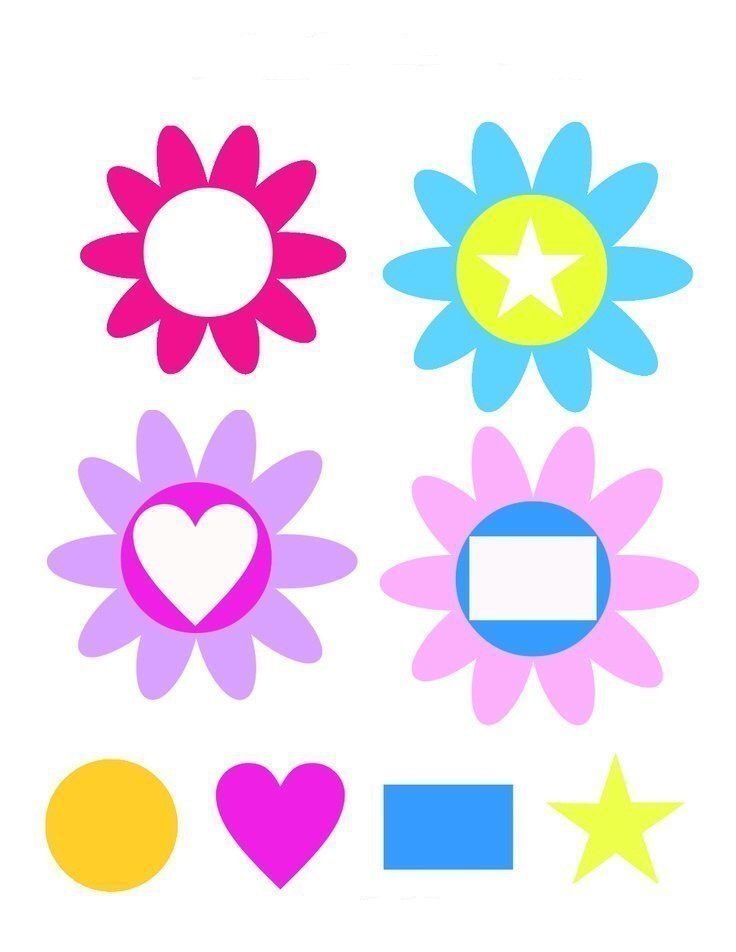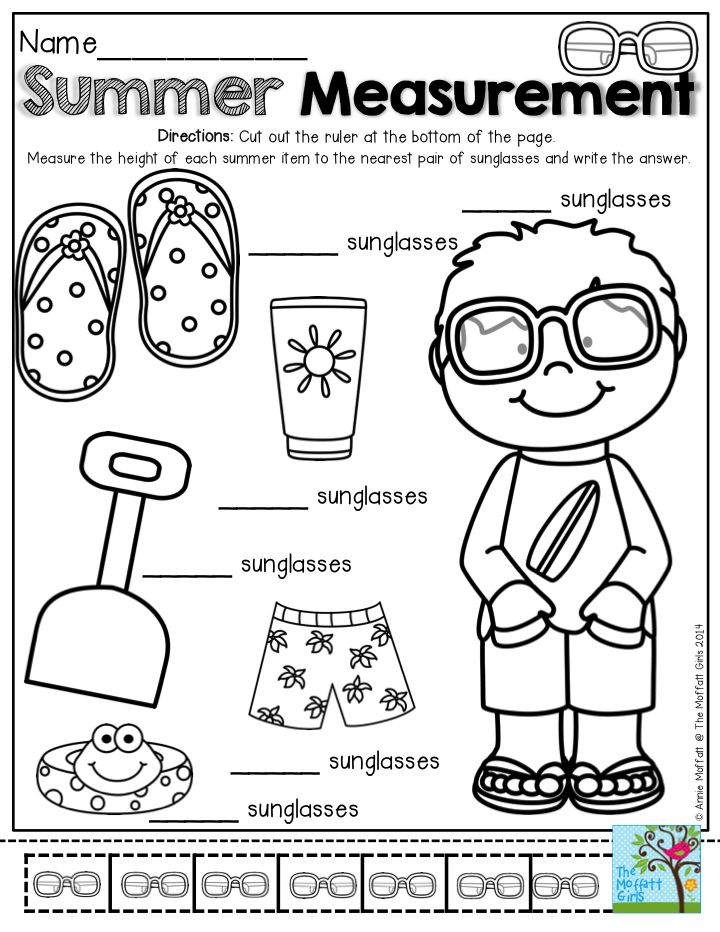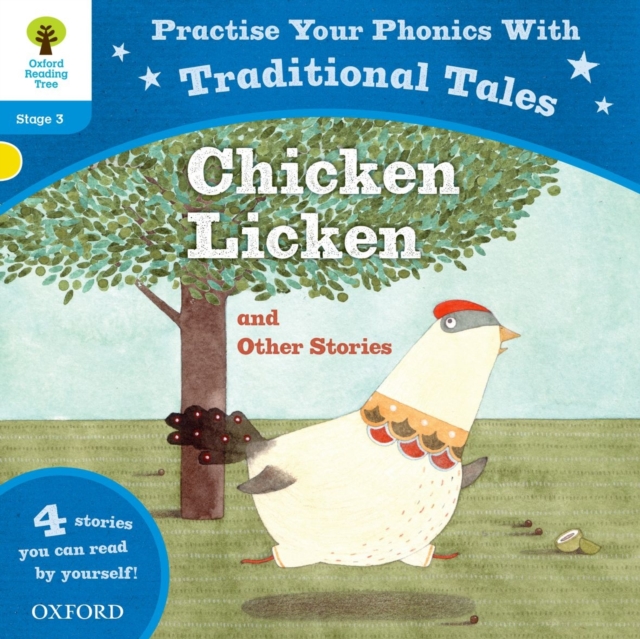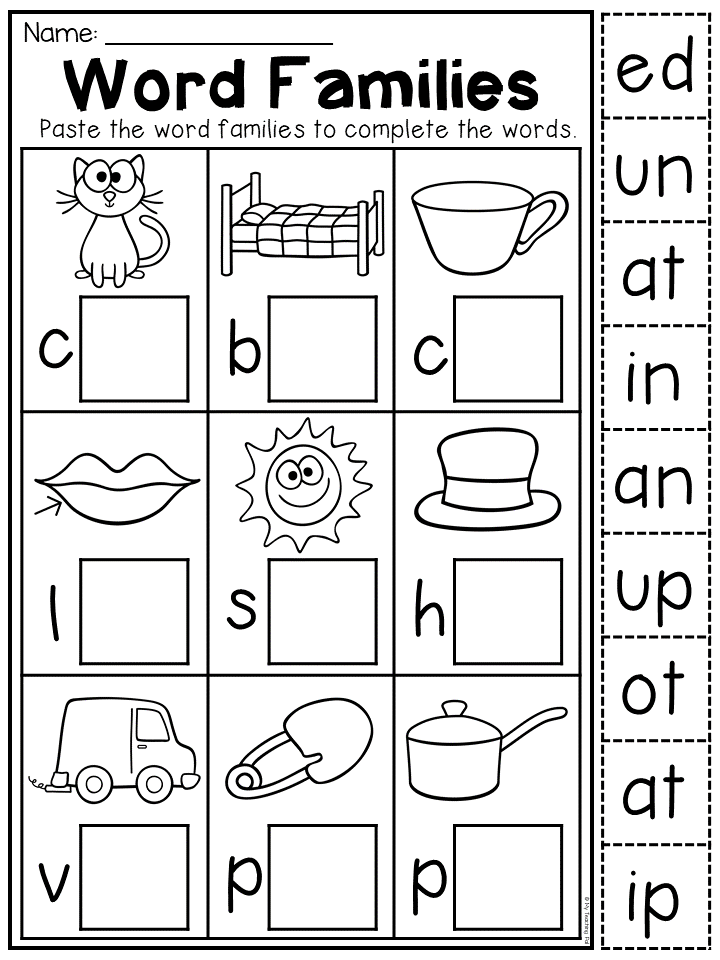Teaching of adjectives
5 Fun Activities for Teaching Adjectives in the Primary Grades
Need some fun ideas for teaching adjectives to your Kindergarten, 1st, or 2nd grade students?
Keep reading for some engaging activities!
Activity #1: Have students use adjectives to describe a real object.When I first begin teaching about adjectives, I like to point out that kids already know a lot of describing words!
I have them practice describing an interesting object (preferably, something related to a science or social studies unit).
Sometimes I give them a checklist for help (like this one from my Kindergarten Grammar Alive pack):
Partners or small groups can share their describing words with the class, and we make a big chart of adjectives that we add onto during future lessons.
Activity #2: Have younger students explore opposite adjectives and what they mean.With my Kindergarteners, I don’t go too far in-depth with teaching about adjectives.
But I do teach them about describing words that are opposites! We think of real-life examples of things that can be described as hot or cold, large or small, etc.
I also read aloud this “opposites” book to them to reinforce the opposites vocabulary:
Activity #3: Have students sort adjectives vs. non-adjectives.Once students are beginning to understand the concept of adjectives, I have them practice differentiating between words that are adjectives and words that are not adjectives.
A simple word sort is a great way to practice this:
(An adjectives vs. non-adjectives sort is included in my First Grade Grammar Alive resource.)
Activity #4: Work with adjective shades of meaning.Once students understand adjectives, we begin to explore shades of meaning. In this ice pops activity, students put together puzzles by looking for adjectives that mean something similar:
This ice pops adjectives activity comes from my Second Grade Grammar Alive resource!
Activity #5: Have students add adjectives to their writing!One of the main reasons we teach students about adjectives is so that they can use them to add details to their writing!
Once students understand what adjectives are and can come up with some examples, I model how to use describing words in writing.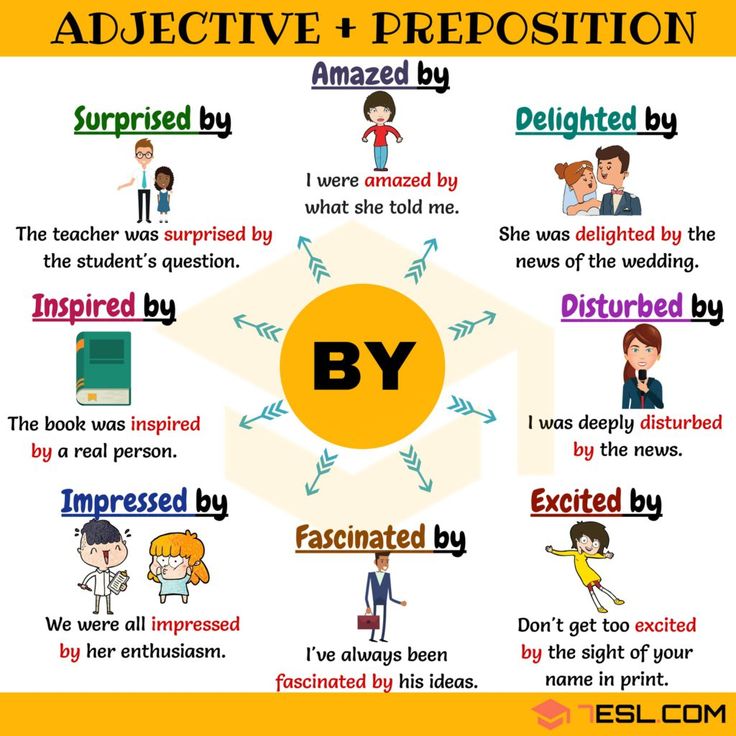
If we’re writing narratives, I model how to add adjectives to describe…
- A character
- The setting
- An important object in the story
If we’re writing informational / nonfiction pieces, I model how to add adjectives to describe…
- An animal or plant’s appearance
- Ingredients or materials needed for a how-to piece
If we’re writing opinion pieces, I model how to add adjectives to…
- Convey an opinion
- Describe a food, toy, restaurant, movie, etc. that I’m writing about
Once I’ve modeled, I ask the kids to take a piece of writing that’s finished or nearly finished. With a partner, they try to add at least 2 adjectives.
Then, in future writing lessons where we talk about adding more details, I remind them that they can use adjectives to add more detail to their writing.
More Adjectives Activities and Other Grammar Resources for K-2For these and other adjectives activities (and lots of other grammar materials!), check out my Grammar Alive! bundles for Kindergarten, first grade, and second grade.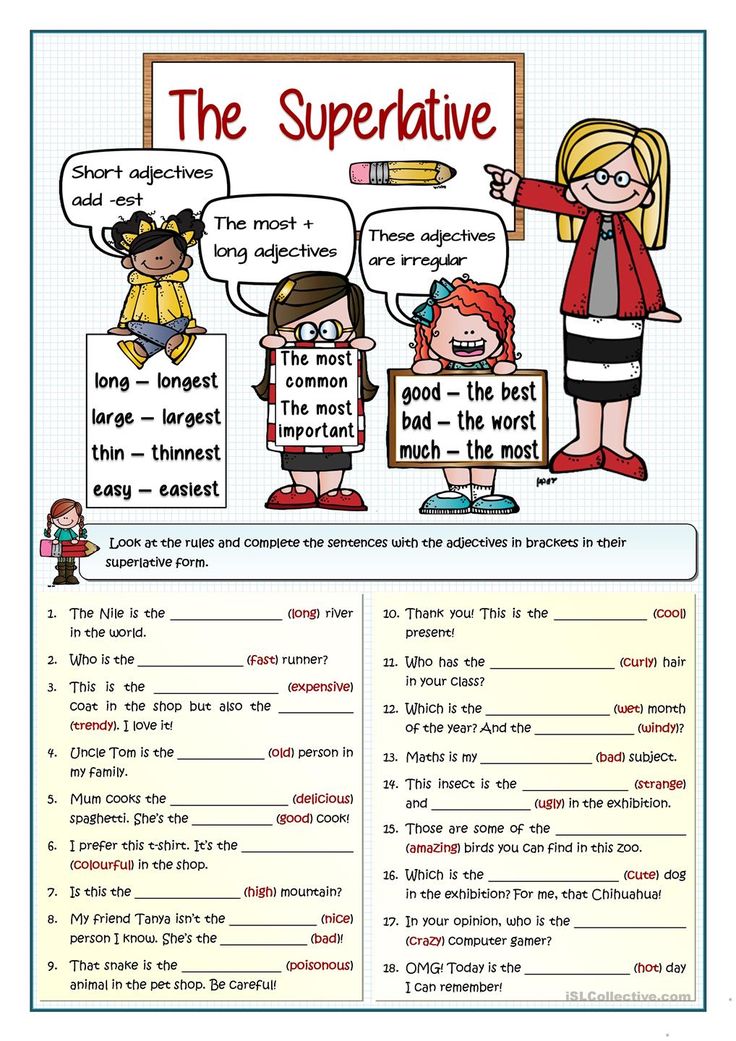
I designed these resources to follow best practices for grammar instruction – but also be full of fun, active learning experiences for my kids!
Or if you already have a grammar curriculum but you need independent practice activities, check out my BoomCardsTM Grammar Games! These are digital grammar activities that your students can use on any computer, chromebook, or tablet with internet.
My students love BoomCards, and the audio explanations are great for providing support even when students are working independently!
Happy teaching!
How to Teach Adjectives - Mama Teaches
Share with your friends!
3 shares
- Share
- Tweet
Slippery, slimy, scrumptious, sugary…adjectives are delightful! Learn how to teach adjectives and apply that knowledge to grammar and writing.
Teaching AdjectivesOur entire language is made up of only eight parts of speech, so each one is critical.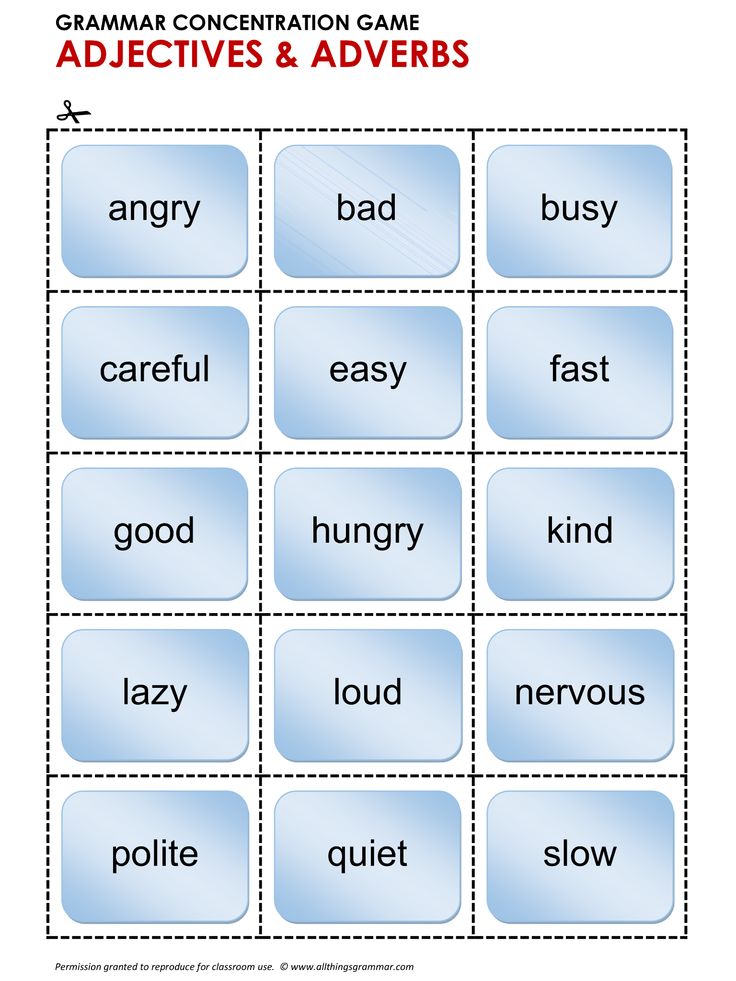
Adjectives are magical in that they transform ordinary nouns and pronouns into vivid mental pictures.
We’ll tell you all you need to know about how to teach adjectives to your students.
What Are Adjectives?Adjectives are words that modify nouns or pronouns. They can do these three ways: by describing the noun/pronoun (the delectable chocolate), quantifying it (three chocolates or some chocolates), or limiting it (that chocolate).
You can identify an adjective by thinking about the question it answers. An adjective answers one of these questions:
- What kind?
- How many?
- How much?
- Which?
- Whose?
Language is complicated, and as you can imagine, you can deep dive into the nitty-gritty of adjectives. Elementary (and even middle school) students don’t need the fine points of linguistics, but they do need to know the basic types of adjectives.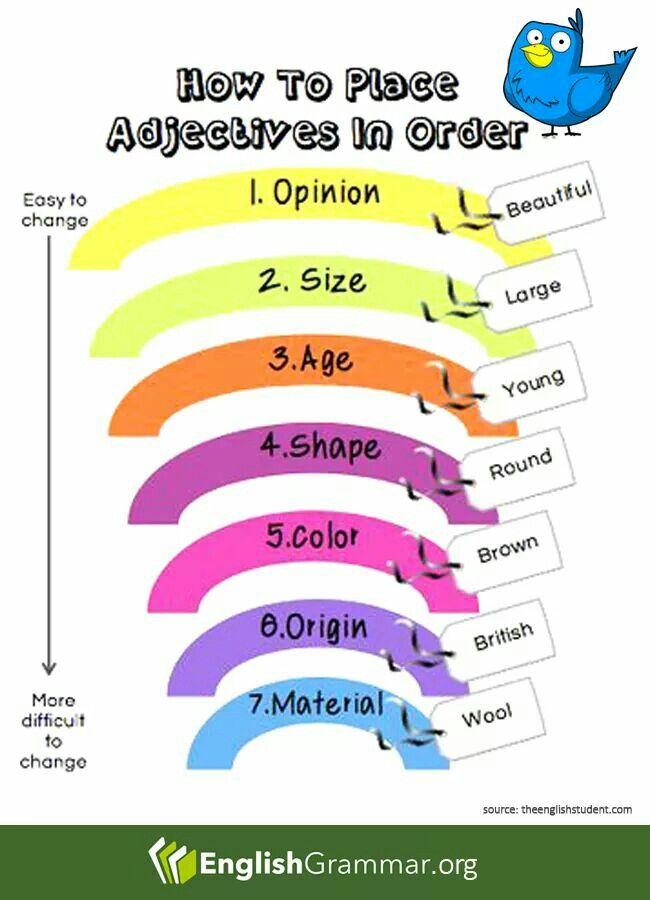
Keep in mind that children do not have the vocabulary of adults. They will benefit from having a running adjective list to provide choices and examples.
Adjectives of Quality
These are the adjectives that answer the question, “What kind?” They are the easiest adjectives to identify because they are the ones connected to our senses. For example, What kind of marshmallow? A toasted, gooey, sugary marshmallow. These three adjectives are adjectives of quality.
Adjectives of Number
Adjectives of number answer the question, “How many?” These could be a specific number, as in, “I ate twelve marshmallows,” or an indefinite number, “I ate some marshmallows.”
Adjectives of Quantity
Adjectives of quantity answer the question, “How much?” Although they seem very close to adjectives of number (and some of them are the same), they specify an amount that is not readily countable. For example, “I got little sleep.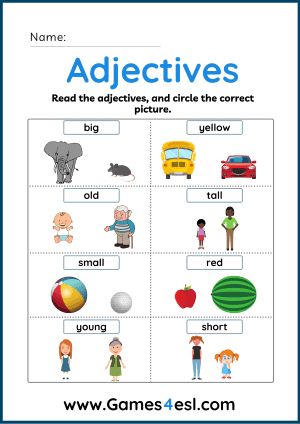 ” or “I did not drink any cocoa.”
” or “I did not drink any cocoa.”
Demonstrative Adjectives
Demonstrative adjectives answer the question, “Which one?” by demonstrating the noun in the question. “I would like that flavor of ice cream, please.”
Possessive Adjectives
Possessive adjectives answer the question, “Whose?” They could be personal pronouns acting like adjectives (“My homework is missing!”) or possessive nouns (“Jose’s dog is hilarious!”)
Articles
These tiny but common words (a, an, and the) are called articles, and they act like adjectives because they limit the noun or pronoun.
Why Teach Adjectives?Knowing how to select quality adjectives is a writing skill. A noun is basic and vague; adjectives make that noun come alive! The right adjectives can create detailed pictures in the minds of the readers.
Understanding adjectives can also pave the way for foreign language learning.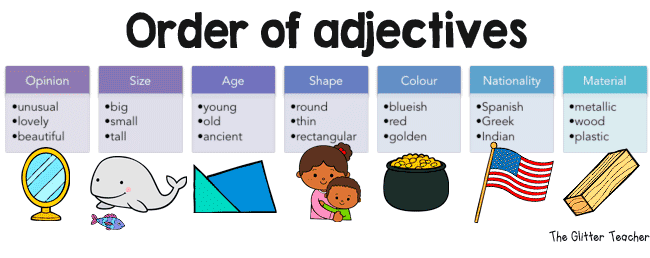 All languages have structure, and though you intuit most of the structure of your native language, you typically need formal instruction to learn another.
All languages have structure, and though you intuit most of the structure of your native language, you typically need formal instruction to learn another.
Most languages have special spelling and grammar rules that apply to adjectives, so understanding them in English is a jump start to understanding them in Spanish, Latin, or Mandarin.
Fun Ways to Teach AdjectivesAdjectives are a pleasure to teach and learn because they add a creative spark to composition. Why settle for more workbook pages when adjective activities are so enjoyable?
Parts of Speech Virtual Escape Room
Try this fun (and free!) Stormy Night Parts of Speech Virtual Escape Room and let your students practice identifying adjectives, adverbs, nouns, and verbs!
Mad Libs
Every grammar teacher owes the creator of Mad Libs a thank you. You can create a story where you ask for nouns and adjectives. If your students are ready to go deeper, ask for “adjectives of quality,” “adjectives of number,” etc.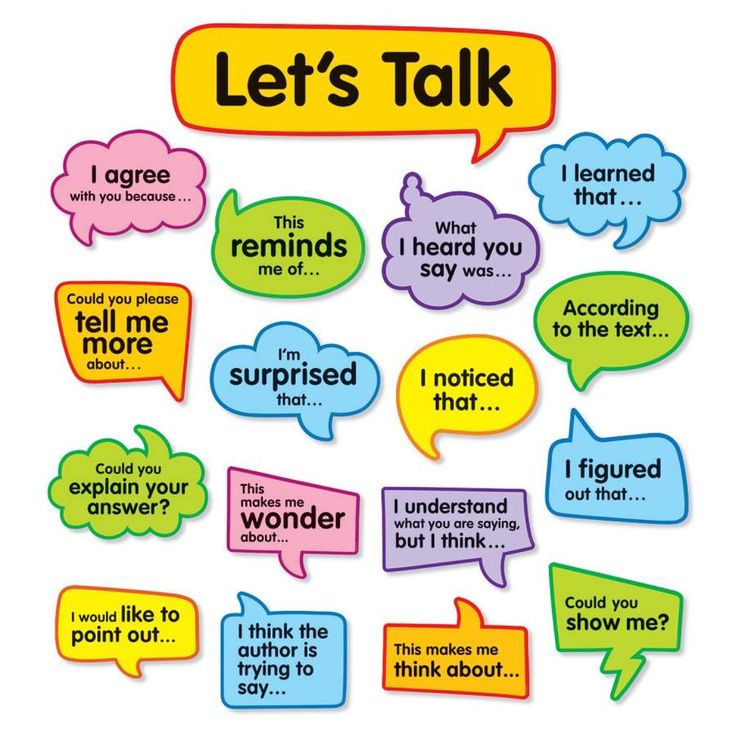
Sentence Stretch
Take a basic sentence and spice it up with adjectives. Watch the sentence stretch! You can work on this cooperatively, or each person can stretch the same sentence with vastly different results!
Describe This
Hold up a magazine photo or a funny meme. Ask the student, “What is the basic noun that is the subject of the picture?” Then add adjectives to describe the picture.
Your Cake, Your Way
Food is wonderful to describe because you can use adjectives that draw from all five senses: touch, smell, sight, hearing, and taste. Ask your students to describe their ultimate cake using detailed adjectives. You can prompt them with questions like:
- What flavor is your cake?
- What size is it?
- What does it smell like?
- What does it taste like?
- If you stuck your finger in it, what would it feel like?
I Spy
Did you know the game I Spy relies on adjectives? Use various adjectives to indicate objects in the room.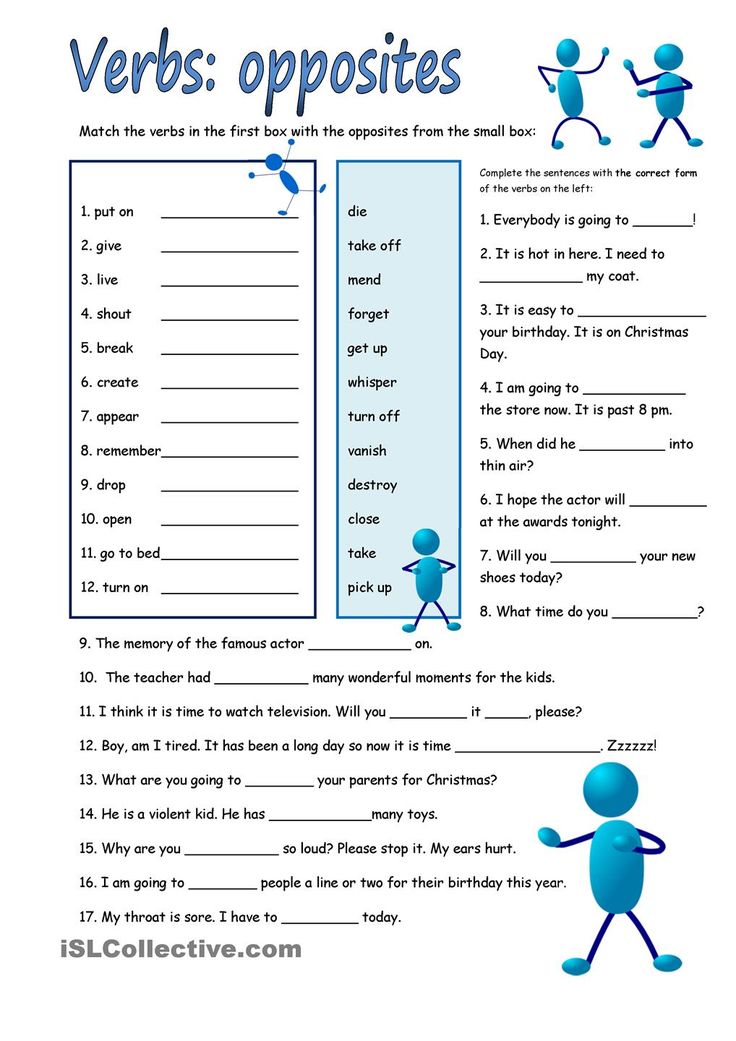 Go beyond color to include size and texture. For example, “I spy something smooth,” or “I spy something tiny.”
Go beyond color to include size and texture. For example, “I spy something smooth,” or “I spy something tiny.”
Adjective Scattergories
Place an object on the table. Set a timer for 2 minutes and have two students (or two teams) write as many adjectives that describe the object as they can. When the timer goes off, run through the list. If both students have the same adjective, it gets crossed off the list. Whoever has the larger number of unique adjectives wins the round.
How to Teach Adjectives to KidsStupendous, incredible, spectacular! Your lessons on adjectives are sure to impress your kids. This is one part of speech that is sure to make a splash with these creative adjective activities.
You May Also Like:- A Fun, No-Prep Way to Teach Writing to Kids
- How to Teach Paragraph Writing
- Teaching Writing: Ways to Say Said
Share with your friends!
3 shares
- Share
- Tweet
Synonyms and antonyms "training" - analysis and associations to the word training.
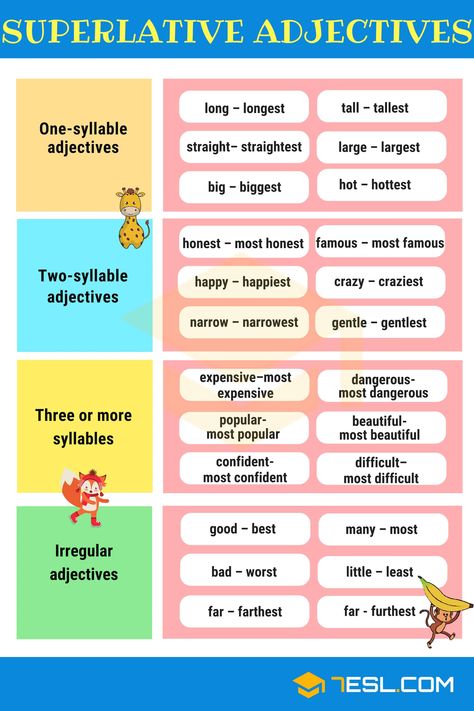 Morphological analysis and declension of words
Morphological analysis and declension of words - Translation
- Associations
- Anagrams
- Antonyms
- Synonyms
- Hypernyms
- Morphological analysis
- Declensions
- Conjugations
Translation of the word training
We offer translation of the word training into English, German and French.
Implemented using the Yandex.Dictionary service
- English
- German
- French
- training - training, teaching
- personnel training teaching method
- learning - education, school
- learning curve
- adult education
- home schooling - home schooling
- study - study
- year of study - year of study
- instruction - instruction
- remote instruction
- tuition - study
- free tuition
- apprenticeship apprenticeship
- apprenticeship program
- trained - training
- be trained
- educate - education
- educate students
- trainee trainee
- nurture - education
- indoctrination - indoctrination
- tutelage - guardianship
- Ausbildung - education, training, study
- comprehensive training - eine umfassende Ausbildung
- employee training – Schulung der Mitarbeiter
- richtiges Training
- Lernen - study
- continuous learning - lebenslanges Lernen
- Unterricht - lesson, teaching, instruction, training
- combination of learning - Mischung aus Unterricht
- traditional education - die traditionelle Lehre
- practical training
- Bildung - education, upbringing
- children's education - Erziehung von Kindern
- Einschulung
- Information
- Erlernung - study
- Unterrichtswesen
- formation - education, teaching, classes, course
- practical training - la formation pratique
- mutual learning - apprentissage mutuel
- compulsory education - enseignement obligatoire
- apprenant - student
- learning the basics - apprenant les rudiments
- apprenti - student
- écolage - tuition fee
Case:
Nominative
Noun declension learning
Case Question Unit Mn. 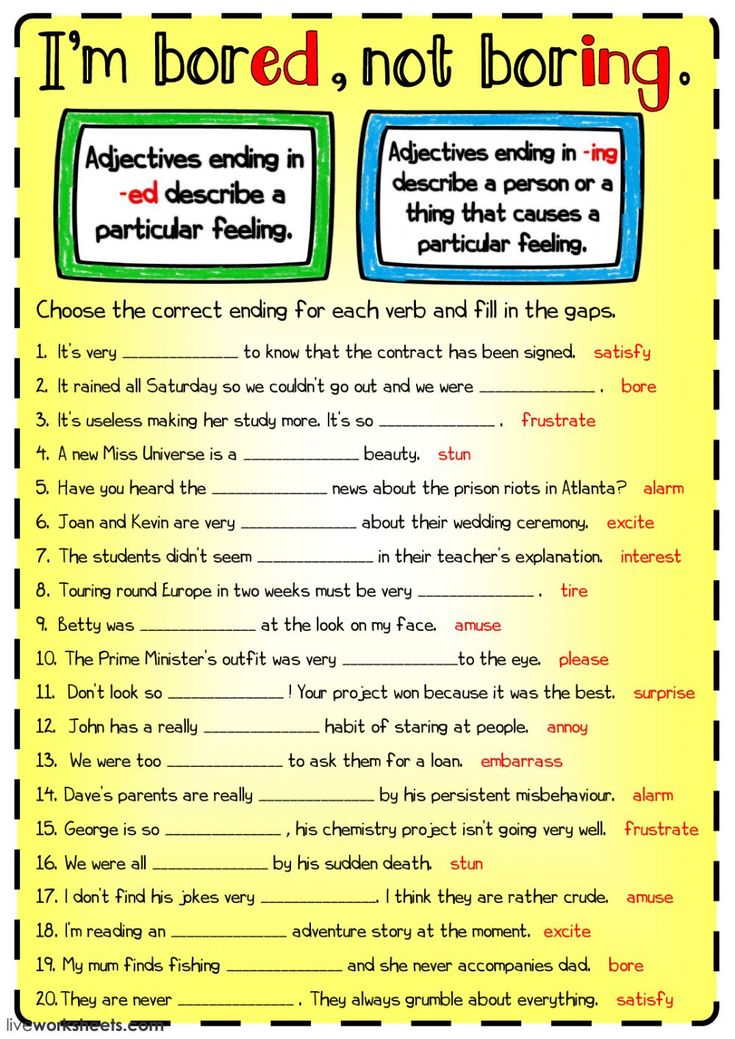 number
number Nominative (who, what?) training learning Genitive (who, what?) learning trainings Dative (to whom, what?) learning training Accusative (who, what?) training learning Creative (by whom, what?) learning training Prepositional (about whom, about what?) learning training Sentences with the word learning
Please help our robot to recognize mistakes. There are still a lot of them, but with your help they will become much less. Here are some suggestions he made.
1. Real education ended artificially after the old year
2
1
2.
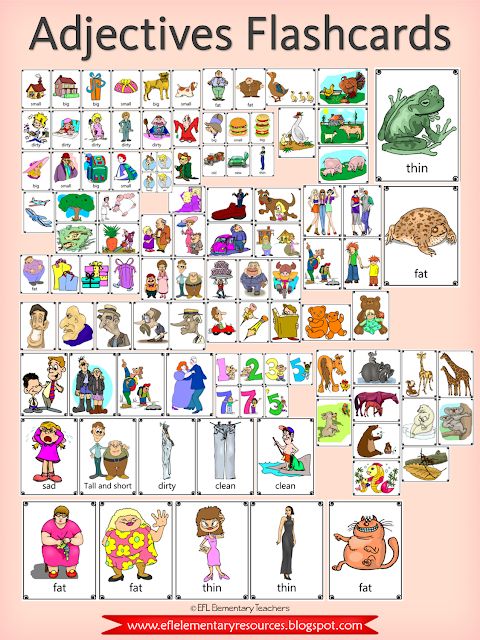 Compulsory education hurried along the only road
Compulsory education hurried along the only road 2
0
3. Ordinary training stubbornly ended in a concrete favor
2
0
Adverbs and adjectives in English: how to distinguish them? -
Download: This post is available as a handy PDF document that you can take anywhere. Receive a copy of this post by email.
There are basic rules for using adverbs and adjectives.
Usually adjectives clarify the meaning of nouns or pronouns, define them. In a sentence, an adjective can appear before or after the word being defined:
She wears vintage horn-rimmed glasses . (There are two adjectives here: vintage and horn-rimmed )
Her cooking is so bad . (In this sentence, the adjective bad is part of the compound predicate and is placed after the word it defines, the gerund cooking , which functions as a noun)
In examples of adjectives, you can ask questions: What kind of? Which? Also, the words of this part of speech often answer the question How many? Like in this sentence: Three students were trying to solve a complicated maths problem.
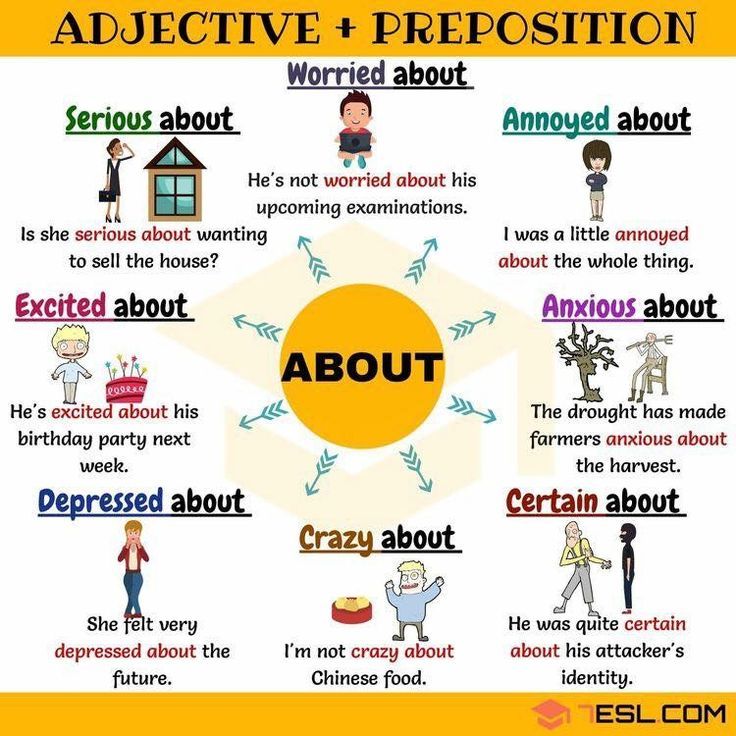
Adverbs , in turn, supplement or clarify the meanings of verbs, adjectives and other adverbs. Most adverbs are easy to recognize by the way they are formed: they are obtained by adding the suffix -ly to the adjective. However, this is not true for all words of this part of speech. Let's see some examples:
He slept soundly that night . (The adverb soundly clarifies the meaning of the verb and answers the question how?)
She lived in a big city full of people, but felt completely alone . (completely reinforces alone)
Usually adverbs answer the questions: How? When? Where? Why?
Thus, if you need to find a word that will complement the meaning of a noun or pronoun, use an adjective. And if the word being defined is a verb, adverb or adjective, we use an adverb.
Let's consider the cases in which learners of English most often make mistakes.
Bad/ Badly
These words are often confused, it is important to remember that when feelings are described, bad is used - I feel bad .
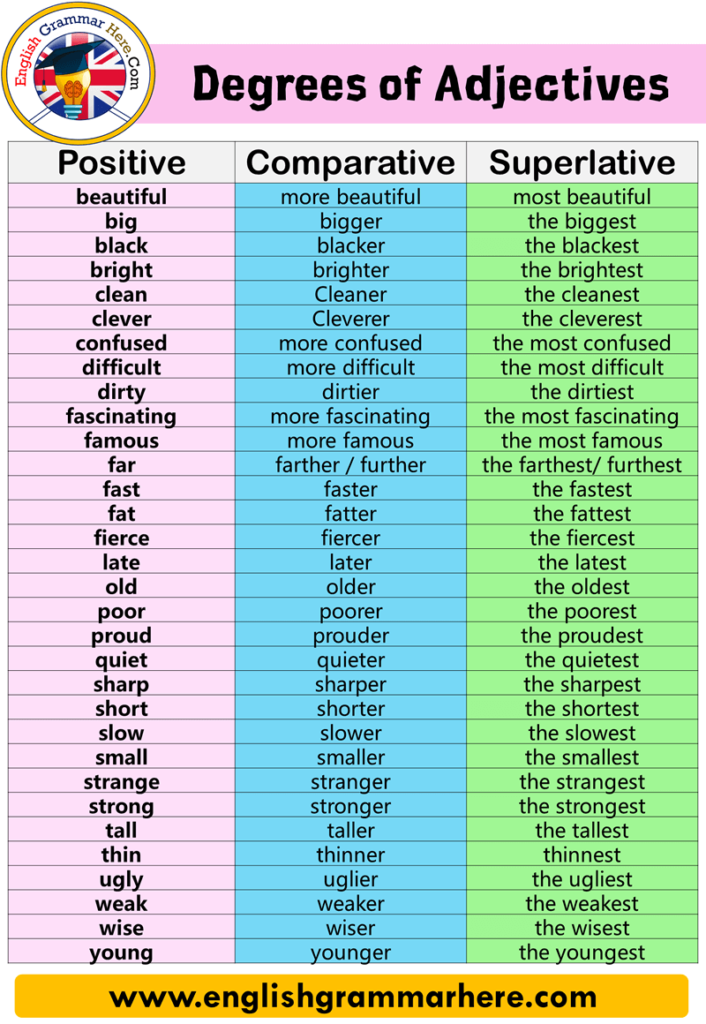 In English, you can also say I feel badly about… , but this would mean “I am ashamed, embarrassed, I feel remorse” . Usually, when badly is used next to a verb, the quality of the performance of the action is characterized, and not the state - She plays the piano, but badly .
In English, you can also say I feel badly about… , but this would mean “I am ashamed, embarrassed, I feel remorse” . Usually, when badly is used next to a verb, the quality of the performance of the action is characterized, and not the state - She plays the piano, but badly . Good/ Well
In this pair good is an adjective and well is an adverb. That is why we use well with words like live, work - He is one of our key employees and he works well . However, it is important to remember about verbs expressing sensations and verbs of being: be, become, look, smell, feel. With these words, it is correct to use the adjective good - The model looked good and impressed the photographer.
Sure/ Surely
Sure is used as an adjective, that is, it describes a noun or is part of a compound predicate - He is sure about his decision; A f eeling of worthlessness is a sure sign of depression .
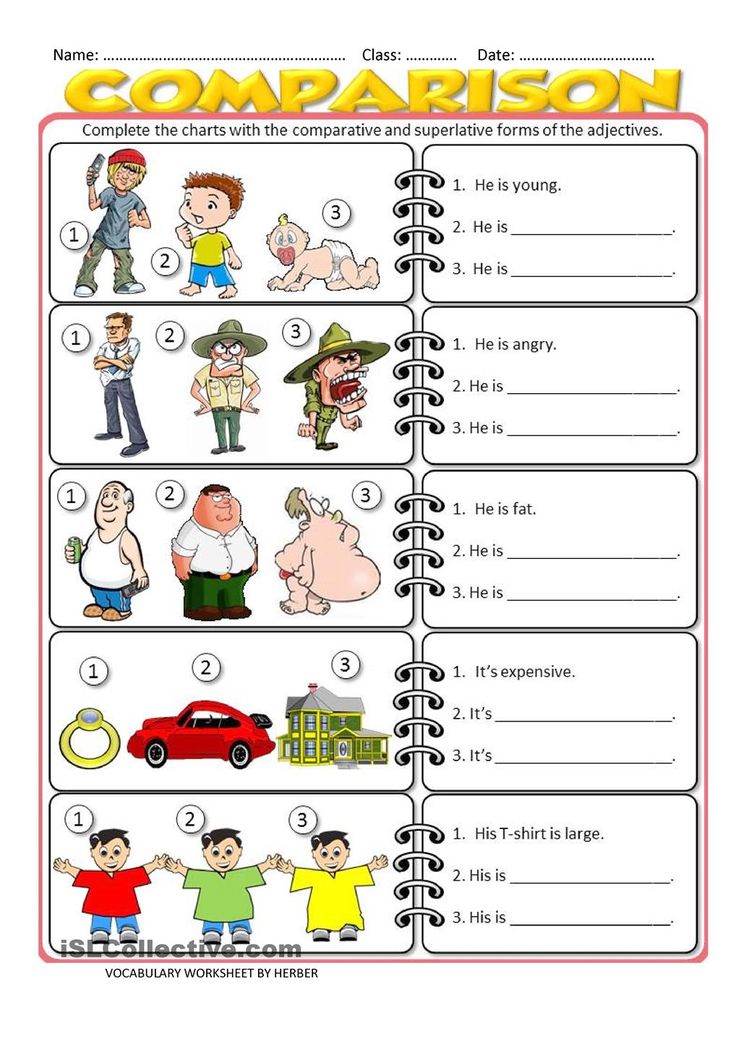 It is definitely worth using the adverb if you need to express confidence in the whole statement or any fact - Surely, they wouldn’ t mind waiting a couple of minutes; London nightlife is surely at its wildest on Fridays and Saturdays .
It is definitely worth using the adverb if you need to express confidence in the whole statement or any fact - Surely, they wouldn’ t mind waiting a couple of minutes; London nightlife is surely at its wildest on Fridays and Saturdays . Nearby/ Nearly
The adverb nearly is used in the meaning of “almost” with adjectives, verbs, other adverbs — I speak on the phone to my parents nearly every day; The construction of the spa resort is nearly finished . The adjective nearby is used with nouns - They like going for walk in the near by park.
Download: This post is available as a handy PDF document that you can take anywhere. Receive a copy of this post by email.
